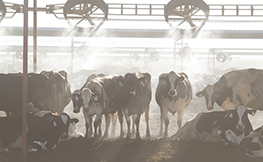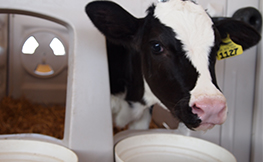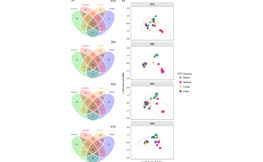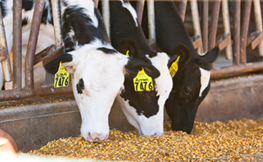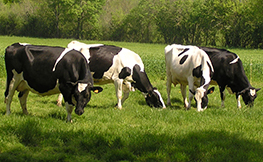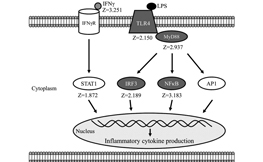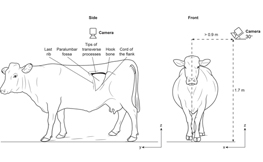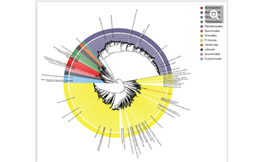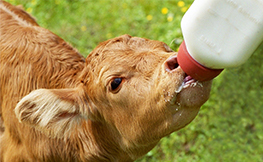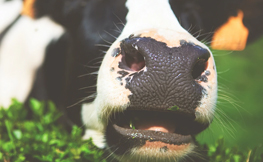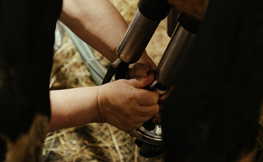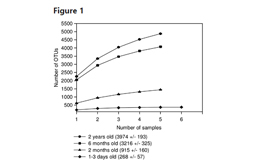Rumen Health Technical Guide
Leading ruminant experts have written the Rumen Health Technical Guide. This resource is free to veterinarians, nutritionists and producers, request a copy today.
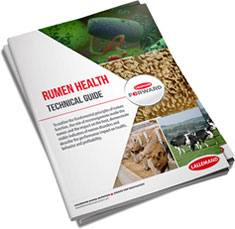 Get a copy
Get a copy
Lower Gut Microbiota
The ruminant lower gut microbiotaGlossaryView allMicrobiota
A microbiota is the whole of the ecosystem (bacteria, yeast, fungi and viruses) living in a specific environment. Intestinal microbiota was previously called “intestinal flora.” plays a central role in the ruminant digestive system, but also exerts a marked influence on ruminant physiology.
How does the ruminant lower gut microbiotaGlossaryView allMicrobiota
A microbiota is the whole of the ecosystem (bacteria, yeast, fungi and viruses) living in a specific environment. Intestinal microbiota was previously called “intestinal flora.” play a central role in the ruminant digestive system?
Within the ruminant digestive system, the ruminant lower gut microbiota performs functions as varied as microbial fermentation in the caecum and colon (Zened A. et al., 2020), development and differentiation of the ruminant lower gut mucosal epithelium and mucosal immune system and protection of the ruminant against infections through 3 levels of defense (Chase C., Kaushik R.S., 2019).
ILLUSTRATION
- Saturation of colonization sites and competition for nutrients by the ruminant lower gut microbiota limit pathogen association with ruminant digestive system tissue (Chase C., Kaushik R.S., 2019).
- Ruminant lower gut microbiota kill zone: commensal microbes prime barrier immunity by driving expression of mucinGlossaryView allMucin
Protein contained in the composition of several mucosae., immunoglobulin A (IgA), and AMPs that further prevents pathogen contact with ruminant lower gut mucosa (Chase C., Kaushik R.S., 2019). - Enhancement of ruminant lower gut immune responses to invading pathogens (Chase C., Kaushik R.S., 2019).
In conditions where the ruminant lower gut microbiota shows reduced diversity, there is reduced competition, barrier resistance, and immune function (Chase C., Kaushik R.S., 2019). The ruminant digestive system is therefore no longer able to perform one of its main functions, namely protecting ruminant physiology against infections.
The ruminant lower gut microbiotaGlossaryView allMicrobiota
A microbiota is the whole of the ecosystem (bacteria, yeast, fungi and viruses) living in a specific environment. Intestinal microbiota was previously called “intestinal flora.”, guarantor of ruminant physiology and optimal performance
Hormonal products of the ruminant lower gut microbiota absorbed into the bloodstream and transported through the body have the capacity to interact with and affect the function, regulation, and behavior of distal organs and systems of the ruminant digestive system.
This includes important effects on organs such as the liver and cardiovascular system, and implications for ruminant physiology and metabolism. Recent research indicates that the scope of the ruminant lower gut microbiota also extends to impacts on the brain and behavior (called gut-brain axis). This illustrates the potential impact of the ruminant digestive system on ruminant physiology and well-being (O’Callaghan T.F. et al., 2016).
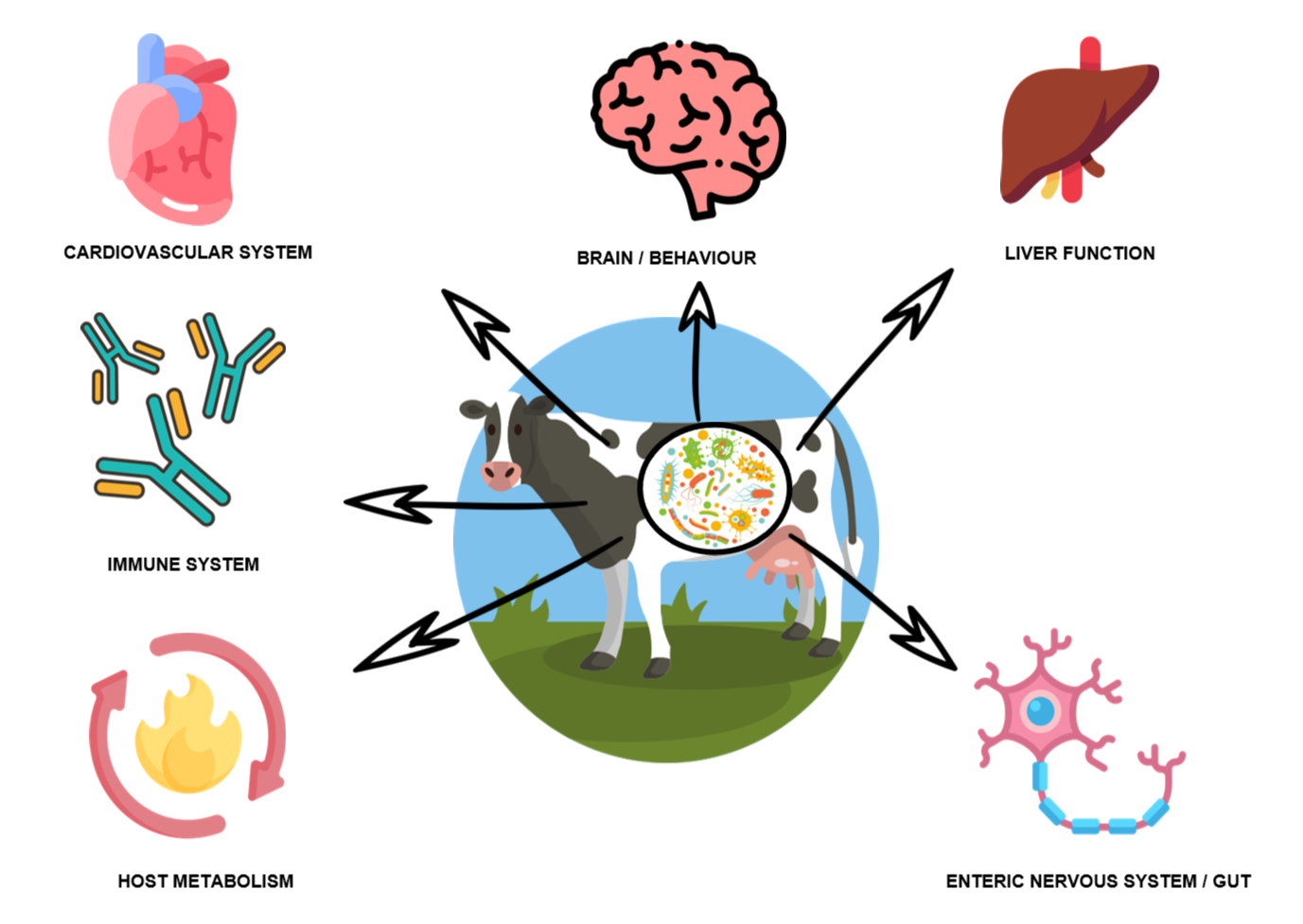
Possible mechanisms include regulation of extra-intestinal specific lymphocytes (T-cell) populations, development of immune tolerance, production of short-chain fatty acids (SCFAs), and regulation of systemic inflammation (O’Callaghan T.F. et al., 2016).
Any dysbiosis or disruption of the ruminant lower gut microbiota can therefore have harmful consequences for ruminant physiology, nutrient production and absorption. If you would like to learn more about the consequences of dysbiosis in ruminants, click here.
